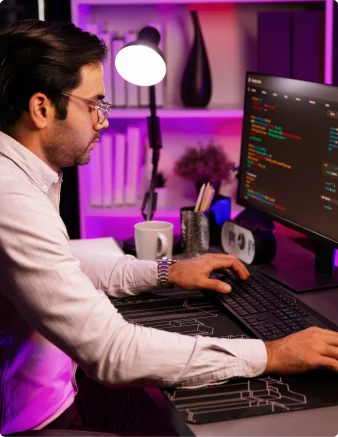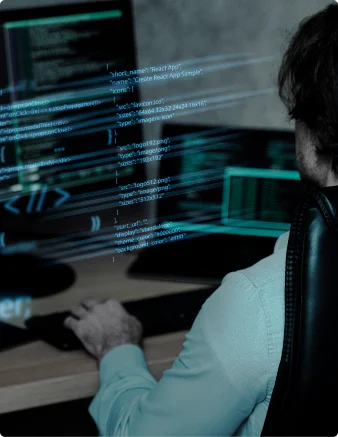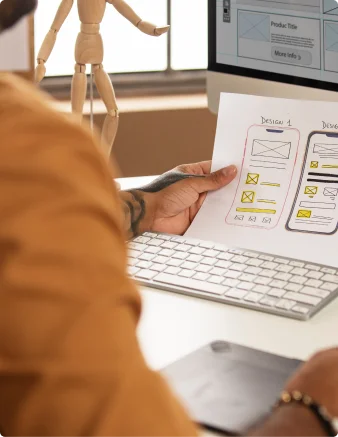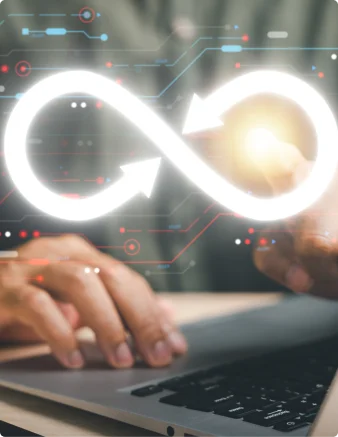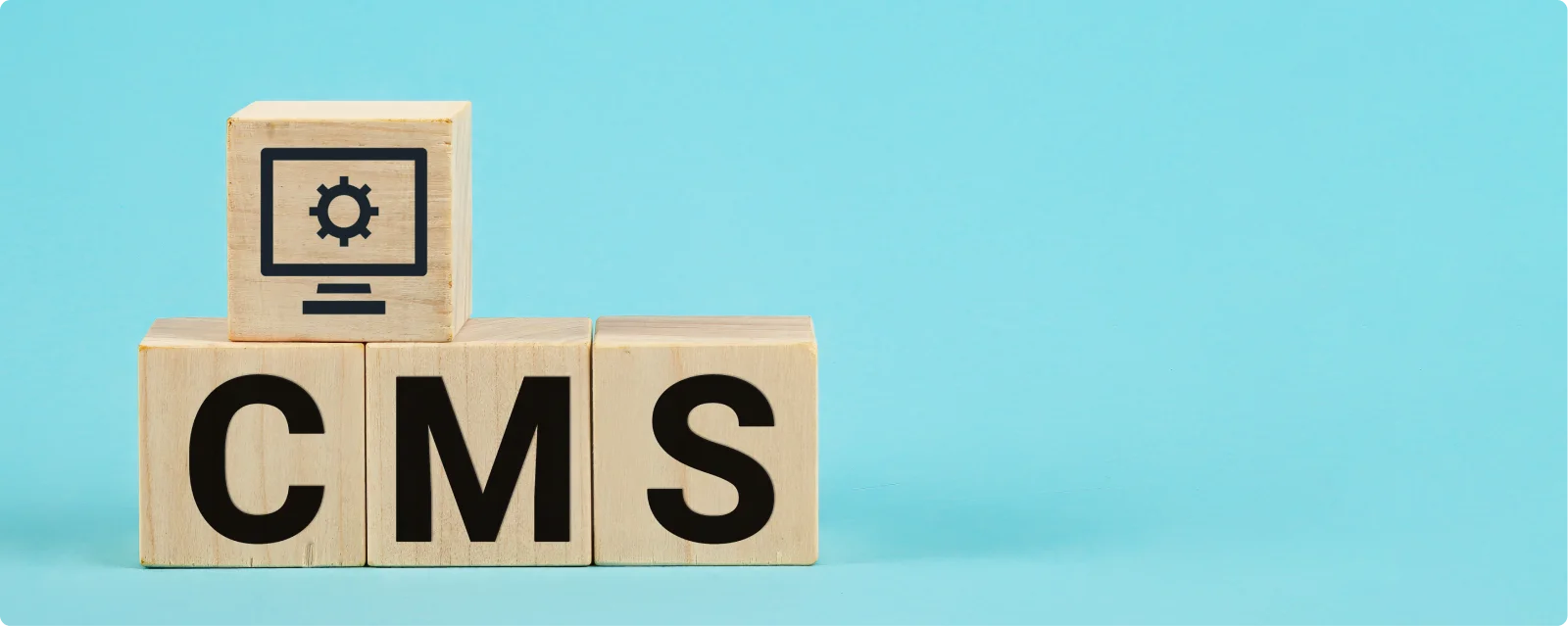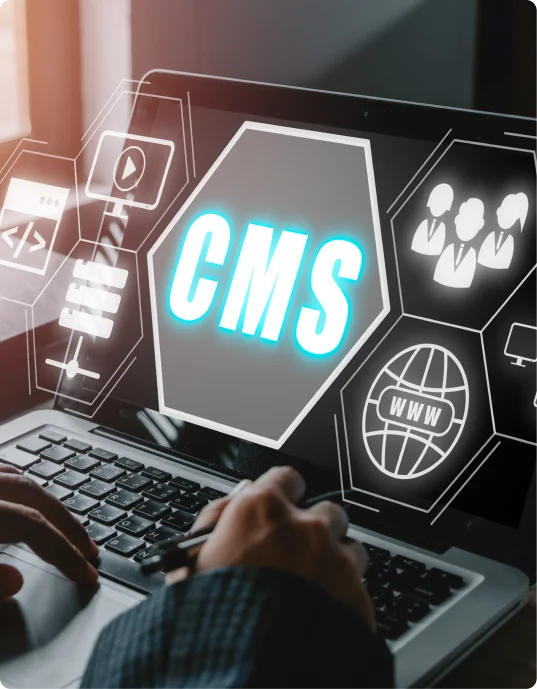2. Meet Headless and Hybrid CMS
These aren’t buzzwords—they’re the future of content management.
A headless CMS strips away the frontend layer entirely, delivering content via APIs to whatever device or platform you want—web, app, smartwatch, kiosk, you name it.
A hybrid CMS gives you a bit of both: the simplicity of a traditional CMS with the flexibility of API-driven delivery.
Why modern teams are going for it:
- Omnichannel delivery: Manage once, publish everywhere.
- Frontend freedom: Use modern frameworks like React, Vue, or Next.js.
- Cleaner architecture: Better for scaling and performance.
- Content reuse: Store content as data, not just blocks on a page.
Sure, setup can be a little more technical. And yes, it requires stronger development talent. But the payoff? Totally worth it.
3. Why Indian Full-Stack Developers Are Game Changers
Let’s talk about resources. Hiring top-tier devs locally is tough—and slow. Budgets are tight. Projects are stacked. You need skilled hands yesterday.
That’s where Indian developers come in. Not just coders—but full-stack pros who understand architecture, design, performance, and deployment at a high level.
Here’s what they bring to the table:
- Deep experience with headless and hybrid CMS platforms like Strapi, Sanity, Hygraph, and Contentful.
- Frontend agility with frameworks your team already uses.
- Integration of AI-based personalization, smart search, and analytics.
- Strong knowledge of security best practices and compliance frameworks.
- Fluency in modern architecture: microservices, serverless, APIs, PWAs.
And here’s the kicker—they can integrate with your team quickly, adapt to your workflows, and help you move from planning to production in a snap.
4. CMS Development Trends You Should Be Watching
Staying ahead isn’t about chasing hype. It’s about aligning your tech with user expectations and business goals. Here’s where the industry is moving:
- AI-Powered Personalization
Serve tailored content based on behavior and data.
Boost engagement and conversion through relevance. - Omnichannel Readiness
Your content should look and feel right on every screen.
From mobile to wearables to smart TVs—one backend powers it all. - API-First, Cloud-Native Platforms
Faster response times.
Easier integrations with marketing, CRM, or eCommerce tools. - Built-In Security
Enterprise-grade security isn’t optional anymore.
Role-based access, token authentication, and encryption should be baked in. - Performance Optimization
Core Web Vitals.
Fast loading across geographies and devices.
Your CMS should empower you to chase these goals—not make them harder.
5. Real Challenges Indian Developers Are Solving Right Now
Here’s where this gets real. If any of the following sounds like your situation, you’re definitely in the market for expert help:
- You’ve outgrown your current CMS, but don’t know what to move to.
- Your team is struggling to optimize performance across mobile and desktop.
- You want personalization, but your system can’t support it.
- Your site breaks every time you update a plugin.
- You have no consistent process for rolling out updates or security patches.
What Indian developers do differently:
- Build custom components that don’t rely on third-party plugins.
- Set up CI/CD pipelines for safe, fast deployments.
- Ensure mobile-first responsiveness with modern UI frameworks.
- Audit and patch security holes you didn’t even know existed.
- Offer long-term support, so your internal team doesn’t carry all the weight.
In short—they fix things now and set you up for later.
6. Planning a CMS Upgrade? Here’s How to Start Smart
You don’t have to rip out your whole system overnight. In fact, you shouldn’t.
Start with this approach:
- Audit your existing setup: What works? What breaks? What’s slow?
- Define the gaps: Is it content delivery, performance, flexibility, or security?
- Start small: Pick a single site, campaign, or product line to test a new CMS.
- Partner with the right team: Choose developers who’ve done this before.
- Document everything: From user roles to workflows to integrations.
And remember: modernizing your CMS is not just a tech decision. It’s a business decision. It directly impacts speed to market, user satisfaction, and your team’s productivity.
Final Thoughts: You’re Closer to a Better CMS Than You Think
The truth? You don’t have to choose between flexibility and stability, or between innovation and cost-efficiency.
What you need is a smart, scalable CMS—and the right people to build and maintain it. And in today’s world, those people don’t need to be in the same office, time zone, or even continent.
Indian developers bring the skill, the speed, and the strategic mindset to help you break free from the limitations of your current system—and build something future-ready.

